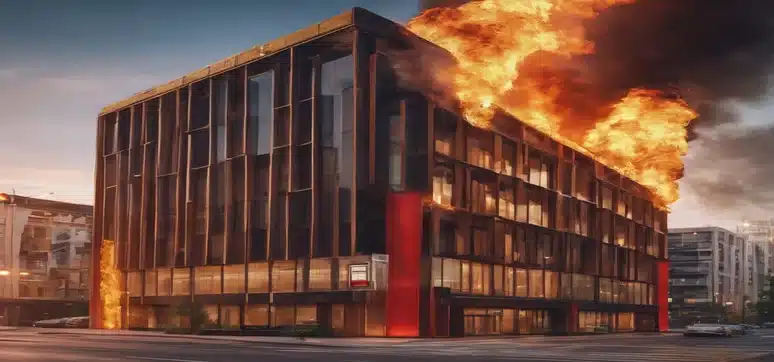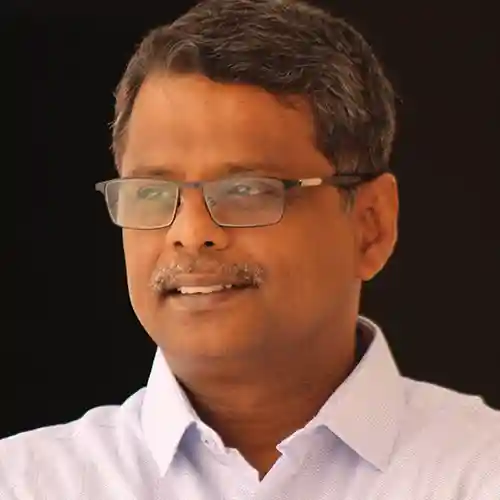What should be the approach for a solid fire-safe design considering the materials, design and technologies?
We have to strictly follow the fire code of the country. In the Middle East, we follow the country’s fire code which ultimately directs to NFPA. NFPA is followed for fire safety design, installation and testing of a system that includes design of floor layouts, fire compartments using fire/smoke rated partitions, opening protection using fire-rated doors, windows, etc. Active systems are designed following NFPA.
All materials and equipment are required to have a 3rd party test certificate (listing) to ensure that the design requirements are in accordance with the test parameters. If the design requirements are beyond the limits of test parameters, then the materials are not accepted.
We need to check the test procedure and other parameters of the test to ensure the product is suitable for the intended use. Manufacturers often state their products have 3 rd party test certificates but sometimes it is found that the test parameters (limits) are not suitable for design requirements.
So it is not sufficient to ensure that the product has a test certificate but the test parameters are also required to be verified.
What are the active and Passive fire protection systems used in your projects?
It depends on the occupancy classification and of course the size of the project. The active & passive protection of one storey hospital differs greatly from that of a 5 storey hospital. Authority and Life safety codes generally enforce the safe evacuation of occupants, whereas for industrial projects clients and insurance companies insist on the protection of properties, where requirements for life safety are often less because the number of occupants are very less compared to commercial buildings. NFPA-1, NFPA-101 & NFPA-5000 stipulate the minimum requirements of fire-rated construction, compartments and active systems like e sprinklers, wet risers (standpipes), hydrant systems, etc. However, hazard-based special types of active protection like clean agents (FM200, Novec, etc) are also used.
Conclusion
In conclusion, fire-safe facade design, materials, and technologies are critical for ensuring the safety of buildings and their occupants. With the rise in the use of combustible materials in construction, it is essential to prioritize fire safety in building design and construction. A variety of fire-resistant materials and technologies are available for facade design, including non-combustible materials such as stone, brick, and concrete, as well as fire-resistant coatings and cladding systems.
These materials and technologies can help prevent fires from spreading, limit damage to buildings, and provide valuable time for occupants to evacuate. In addition to selecting fire-resistant materials, it is important to consider other factors that can contribute to fire safety, such as proper installation, maintenance, and inspection of the facade system. Building codes and standards also play a critical role in ensuring fire safety and should be followed rigorously. Ultimately, fire-safe facade design, materials, and technologies are essential for protecting buildings and their occupants from the devastating effects of fires. By prioritizing fire safety in building design and construction, we can create safer, more resilient communities for all.














